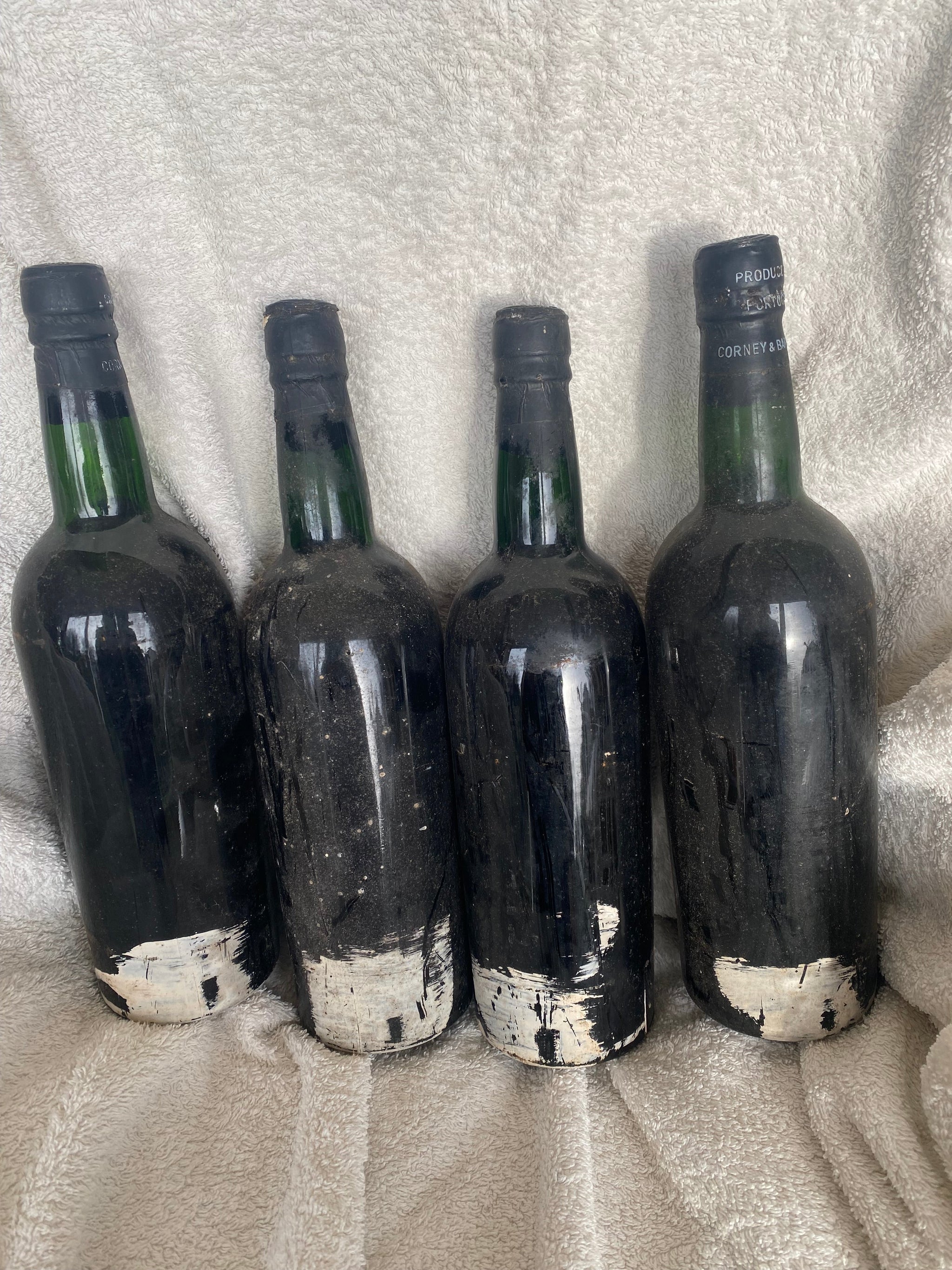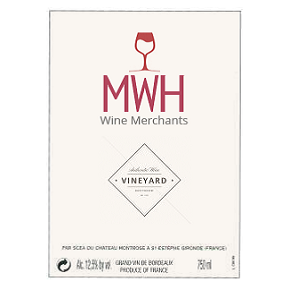Porthas been a lifelong passion of mine, particularly Vintage Port. Vintage Port’s combination of power and richness coupled with Port’s ever-changing, ever-evolving character as it ages and matures has always captivated me. But what is a Vintage Port? In the case of most other wines a vintage wine simply means it is the product of a single year, for example Château Montrose 2003was made from grapes that were grown and harvested in the year 2003. With Vintage Port, however, things are a little bit more, well, complicated…
What is Vintage Port?
Vintage Ports are not simply wines made from a single year’s harvest, rather they are totally different class of wines. As with Champagne, vintage wines are only made in the greatest of years and the rules surrounding the production of these wines differs from that of non-vintage wines. Unlike Champagne though, wines from a single year’s Port harvest can be released with a vintage statement (a year on the label) but that doesn’t make them Vintage Ports.
So what is Vintage Port? A Vintage Port is a wine made from a single, exceptional year that spends no longer than two years in barrel before being bottled. This stipulation as to how long a Vintage Port may spend in barrel may seem odd but Ports age far more quickly in barrel than in bottle, and for a Vintage Port to reach its superb best it needs to age slowly. When Vintage Ports are bottled they are bottled ‘warts and all’ on their lees (yeasts, grape skin residues and other bits and bobs) which helps the wines live and develop while in the bottle. This bottling on its lees accounts for why Vintage Ports need to be decanted as they tend to ‘throw’ a sediment, whereas many other Ports do not.
Vintage Ports are incredibly rare, typically accounting for around 3% of any year’s production. Add to this the fact that Vintage Port years are not ‘declared’ very often – about 3 times a decade on average – and you get an idea of quite how rare these wonderful wines are.
The reason that Vintages are not declared – a declaration being a Port shipper’s announcement that they will make a Vintage Port from any year – is twofold; one the shippers – Port firms such as Taylor’s, Dows, Warres etc. – have a reputation to protect and will only declare a Vintage if the Ports are of a truly exceptional standard. They also need to be careful of how much Vintage Port is on the market at any one time, for while I am delighted to say that interest in Vintage Port has surged in recent years, there is still a fine balance to be struck between supply and demand.
When to drink Vintage Ports?
When you can drink a Vintage Port very much depends on the year. The Vintage Ports from 1980 and 1975, for example, drank well young and are lovely now. The Vintage Ports from 1977, 1963 and the legendary 1945s have all taken time to come into their own and still have long, long lives ahead of them. As a crude rule of thumb most Vintage Ports will start to drink well 10-15 years after the vintage and even the lightest of Vintage Port years will drink wonderfully for 20-30 years after the vintage.
Other Ports with Vintages on the Label
As I mentioned earlier, there are a number of other Ports that carry vintage dates on their labels. The most common of these are ‘Late Bottled Vintage Ports’ often known as LBV Ports. LBVs are Ports made from grapes from a single year, but rather than spending a maximum of two years in barrel they have to spend between 4 and 6 years in barrel before they are bottled. The result is a delicious, fruity, supple Port that is ready to drink once it is released, but which is a capable of bottle aging for a few years.
Single Quinta Ports
Single Quinta Ports are the closest thing to a Vintage Port and if you are looking for an anniversary gift in a non Vintage Port year, or are looking for something you can enjoy while your Vintage Ports mature, then Single Quinta Ports are for you. Single Quinta Ports are made from individual port estates and in Vintage years go into Vintage Ports. They are made in the same way as Vintage Port but are made to be enjoyed younger – typically they can be drunk 5-7 years after the vintage and can last for twenty or more depending on the year and the shipper. Shippers such as Taylorswith their Quinta de Vargellas, Dow’s Quinta do Bonfim and Graham’s Quinta dos Malvedosare all superb wines that combine sensational drinking with excellent value for money.
Colheita Ports
Colheita Ports are Ports made from a single year’s harvest and as such they are allowed to have a year on the label. Colheita Ports are very different from Vintage Ports though, as rather than spending the majority of their lives maturing in bottle, Colheita Ports are matured in barrel. Ports that are matured in barrel are known as ‘wood Ports’ or ‘tawny Ports’ – so called as over time these Ports lose their rich, purple colour and take on a beautifully pale, russet red hue. Colheita Ports can be drunk as soon as they are released and unlike Vintage Ports and Single Quinta Ports they don’t require decanting. All wood Ports are wonderful with cheese – I particularly like them served slightly chilled with manchego or other hard cheese.
Well I hope that’s clarified what is a Vintage Port and what isn’t a Vintage Port, but if you’d like any further help or advice regarding Port then please get in touch by emailing me here.
Mike Hall

